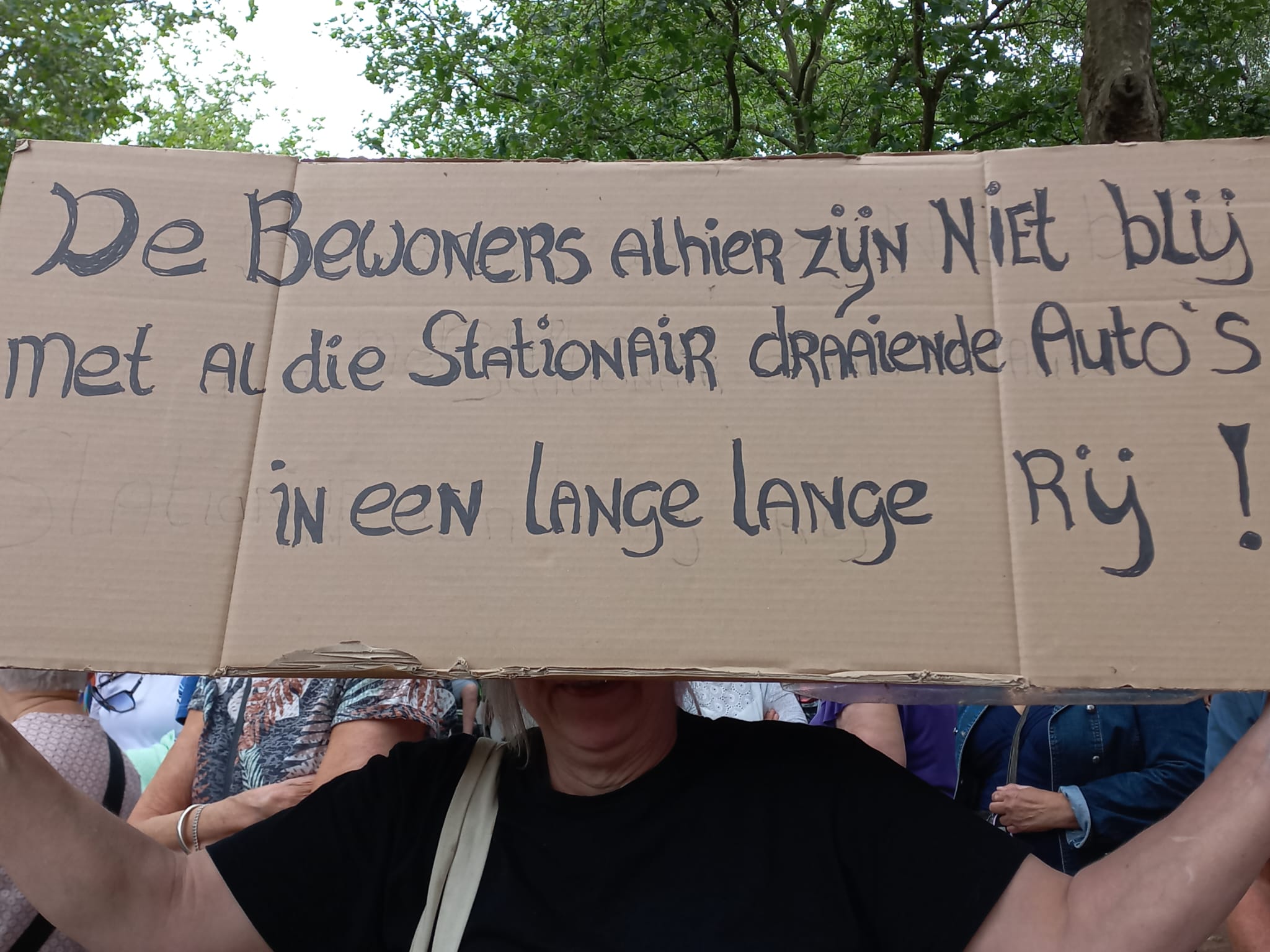Weesperstraat closure won’t be repeated: city transport chief

An experiment to reduce traffic in Amsterdam last summer by closing one of the main arteries to the city centre during the day, led to a 3% reduction in the number of cars and a 5% reduction in kilometres traveled throughout the city as a whole, according to the official report on the project.
However, while traffic and pollution were reduced more sharply in the area around the Weesperstraat, people living in nearby areas, whose streets were used as a short cut, experienced more jams and a deterioration in air quality, city council traffic chief Melanie van der Horst has said.
Nor was there any increase in the number of people cycling or using public transport as the council had hoped.
A permanent closure of the street will not now happen, Van der Horst confirmed on Monday. Instead, she is looking at other measures, such as reducing the speed limit on the Weesperstraat to 30 kph, in line with much of the rest of the city, or using number plate recognition technology to filter which cars can enter the zone.
“I would have done it differently, given what I now know,” Van der Horst told the Volkskrant. “We have got better insights into the effect on different groups and which groups should have been exempt, such as transport for children being taken to special schools.”
The trial took place from June and ended on July 23, and the results are based on a comparison with traffic in the city centre in May 2023.
Thank you for donating to DutchNews.nl.
We could not provide the Dutch News service, and keep it free of charge, without the generous support of our readers. Your donations allow us to report on issues you tell us matter, and provide you with a summary of the most important Dutch news each day.
Make a donation